Hatshepsut's Myrrh Tree
This unassuming tree stump reportedly traces its roots to the famous pharaoh queen's reign.
Despite attempts to erase evidence of her reign, Pharaoh Hatshepsut’s mark on history proved indelible. Even now, we revere the New Kingdom’s pharaoh queen as having been one of the best rulers not just in ancient Egypt but in the history of the world. At Hatshepsut’s mortuary temple on the Nile, a withered ancient tree stump defies the unrelenting Egyptian sun, still standing as a testimony to the female royal’s influence and political prowess.
Supposedly, this myrrh tree dates back to one of the many expeditions commissioned by Hatshepsut some 3,500 years ago. According to the narrative, the tree was brought back from one of the monarch’s seafaring delegations to Punt, which is described as a land on the Red Sea (most likely present-day Somalia and other parts of the Horn of Africa). The myrrh was then planted next to the grand mortuary temple of Hatshepsut, also called Djeser-Djeseru, which translates to “Holy of Holies.”
While it’s difficult to verify this particular claim without damaging the fragile, dry stump, there is no doubt that Hatshepsut ordered many expeditions, one of them to Punt. Relief carvings still decorated with traces of the once-brilliant colors that coated them depict this journey to this exotic land, including the trees and other goods transported back to Egypt.
Constructed as a mortuary complex for the great pharaoh queen, Djeser-Djeseru was covered in images commemorating Hatshepsut and her accomplishments. At times, she elected to be depicted as a male, perhaps to emphasize the fact that she governed with a power and authority previously wielded only by men. In many ways, Hatshepsut was more successful than most of her male predecessors. She built more structures than any male ruler of Egypt before her. Under her sagacious guidance, Egypt enjoyed enormous prosperity thanks to her successful raids on Nubia and her distribution of wealth.
Unfortunately, many of the carved records recounting this remarkable sovereign’s exploits and achievements were effaced once her stepson and nephew, Thutmose III, came into power after her death. At first, scholars assumed that Thutmose III sought revenge; after all, it was he who was supposed to inherit the throne from his father, but Hatshepsut seized the chance to rule in his stead as a regent. She supported her claim by arguing that the infant pharaoh was too young to direct an empire at the time of his father’s death. Many assumed that Thutmose III was angered by this usurping of power and thus strove to expunge Hatshepsut from history as retribution.
However, some recent scholarship suggests that perhaps Thutmose III did not hold any ill will towards his stepmother-aunt—especially given the fact that he co-ruled with her for a time—and that his motivation for erasing evidence of her rule was merely pragmatic. He hoped to solidify his claim to the throne by giving the impression of a direct transmission of power from his father to him. Whatever the reason, despite his efforts, a record of Hatshepsut and her great deeds eventually surfaced.
Djeser-Djeseru was never demolished; the worst damage it sustained was due to falling rocks. Despite the passage of thousands of years, enough of it remained to be reconstructed. The northern section of the upper terrace houses a Sun Complex. The temple also includes chapels to Amun-Re and Anubis. Parts of the temple were eventually repurposed. Beginning with St. Mark’s proselytizing, Egyptians began to convert from their pharaonic religion to Christianity. As with many ancient Egyptian sites, Hatshepsut’s temple was reused by locals, and in the 600s, a mudbrick Coptic monastery was built on the remains of the temple’s upper terrace. The entire complex was eventually excavated and rebuilt with the help of the Polish Academy of Science. Restored to its former glory, the temple’s epic presence punctures the looming cliffs on the west side of the Nile River.
Know Before You Go
The tree stump and marker stand on the grounds of Djeser-Djeseru, located on the Nile near the Valley of the Kings. This is an extremely hot location, and while you can buy water at a small tourist center, it's much cheaper to pack your own.

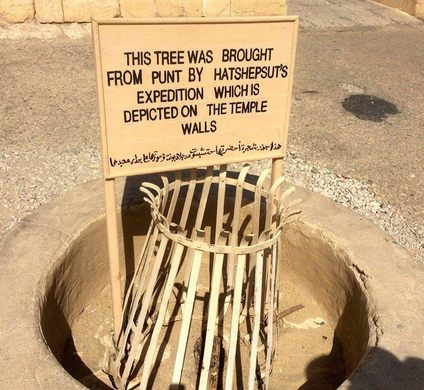
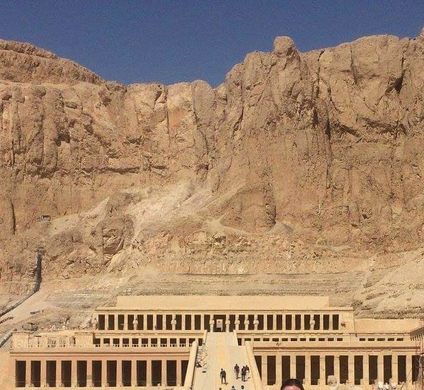
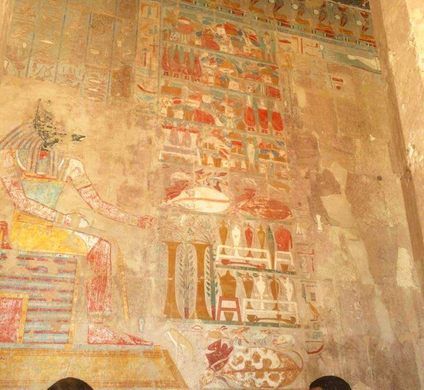
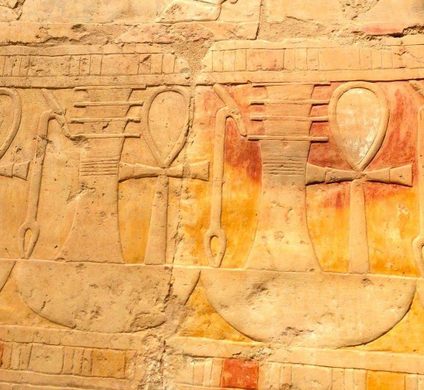
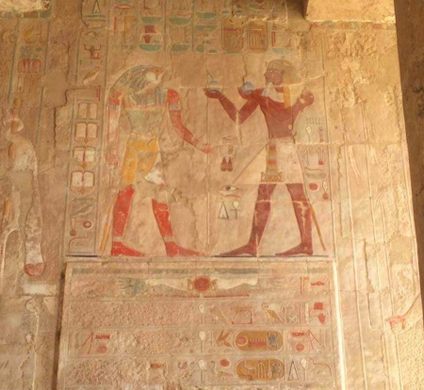
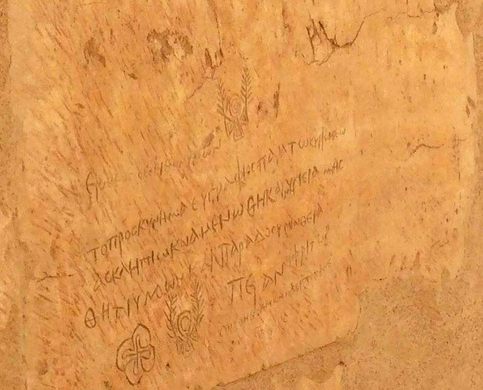


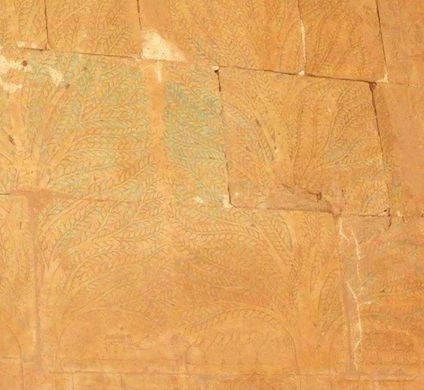






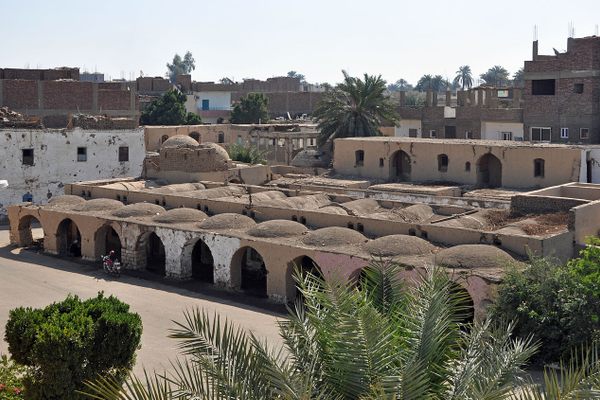

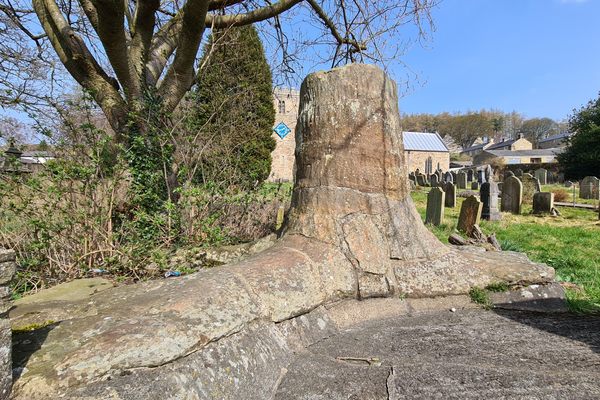
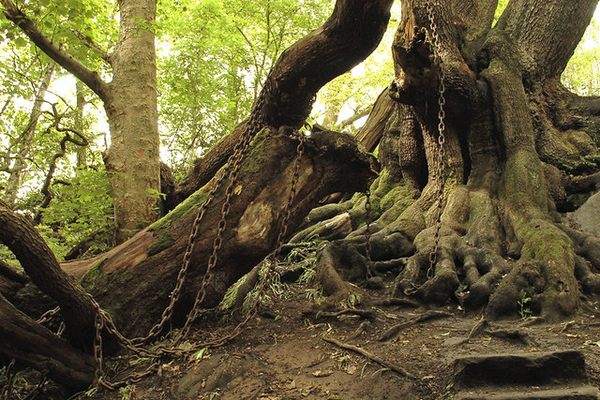



Follow us on Twitter to get the latest on the world's hidden wonders.
Like us on Facebook to get the latest on the world's hidden wonders.
Follow us on Twitter Like us on Facebook